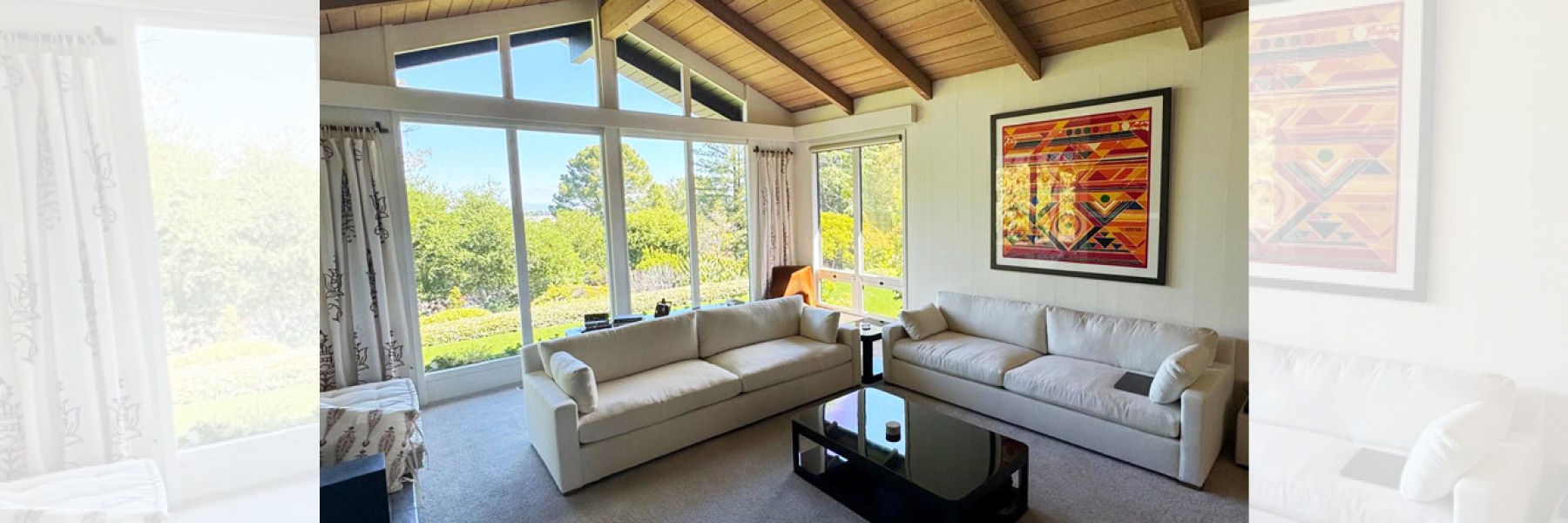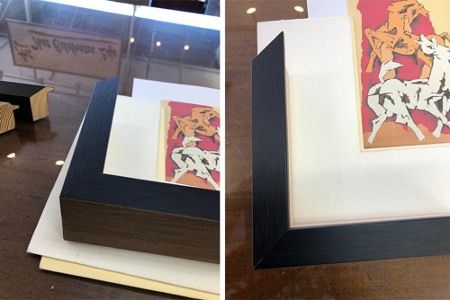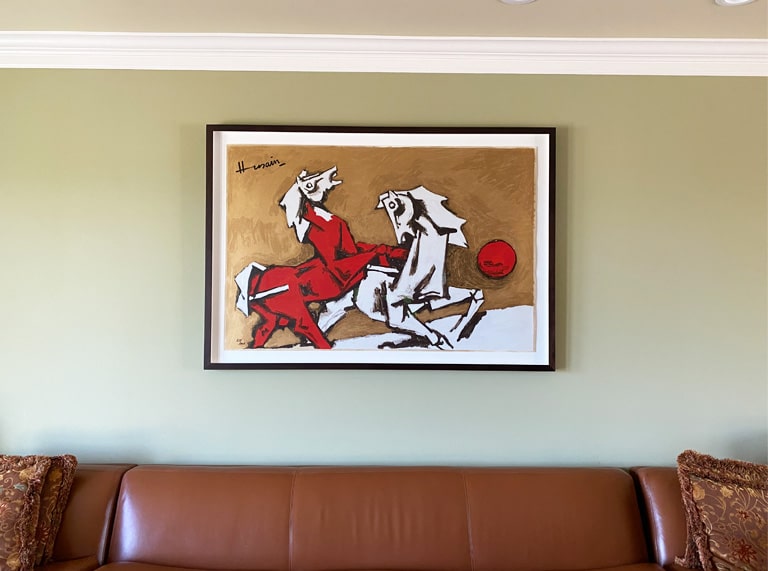
FRAMING FINE ART PRINTS: HOW TO FRAME AN ART PRINT ON PAPER
Unlike paintings on canvas or cloth, serigraphs (or fine art prints) must always be framed to properly protect the paper from warping and discoloration. As with paintings, there are a multitude of styles and options for frames, but works on paper require a special attention to preservation. Here are some tips on how to go about framing works on paper in a cost-effective way.

HOW TO CHOOSE A FRAME FOR FINE ART PRINTS
A frame should always enhance the artwork, not draw attention to itself. With that in mind, here are some other tips on the best way to frame art prints:
- With signed prints where the signature is on the front of the paper, the matting should leave both the edition number and artist signature visible.
- It is also important to use mat boards and spacers to maintain a gap between the print and the glass, which prevents the paper from sticking to the plexi or glass.
- With prints, it is often best to select a clean, smart-looking frame like the black wood in the image above.
HOW TO DECIDE BETWEEN GLASS OR PLEXI
Depending on the size of the artwork, a picture frame can be made with either plexiglass or glass. Here are the options and advantages of each of these materials:
- There are 3 types of plexiglass available: glare (regular), non-glare and museum plexi, with regular glare being the cheapest and museum plexi being the most expensive.
- Regular glare plexi offers much better clarity than non-glare plexi, but it may be an issue if there is a lot of light that will reflect on your artwork.
- Museum plexi offers the best by way of clarity, weight and safety, so it is our top choice. However, it is also the most expensive option.
- When it comes to available sizes, regular plexi is available at a maximum size of 75 x 100 inches. Non-glare and museum plexi are available in 48 x 96 inches at the largest size. So, for example, if you have a print that measures 60 x 60 inches, regular plexi will be your only option.
- Glass can be used instead of plexi and offers very good clarity. It is heavier, however, and if the frame falls, there is the risk that broken glass may damage the artwork itself. Plexi is overall lighter and safer than glass, especially if there are young kids at home, so we typically recommend opting for plexi.

HOW TO FIND AN AFFORDABLE FRAMER
When it comes to framing serigraphs on paper, it is worthwhile to consider franchise framing stores, where you may get much better prices compared to a small, local operation. Here are some tips on keeping expenses low:
- For works on paper, explore the option of working with a large franchise store, such as Michaels or similar, which can usually offer better pricing on framing. These companies purchase glass and plexi in large volumes and hence get material for lower prices (which they pass on to clients), compared to a small business that orders material in small quantities and hence does not get volume discounts. Some of these franchise stores also occasionally offer coupons that reduce the price further, so it’s a good idea to always ask for them.
- In case your framer does not have plexi available in the large sizes, you can consider ordering the plexi directly from a plastic store, such as Tapplastics, and arrange to have it delivered directly to your framer. This can result in a lot of savings on the plexi as a raw material, while still working with a professional framer.
- Ultimately, it is always important to conduct your own due diligence before selecting a framer to work with.
We hope these tips help you frame your work on paper! If you have more questions about serigraphs, check out our blog on collecting fine art prints.
For advice on framing canvases, please visit our blog on tips for how to frame paintings.
— Sonia Nayyar Patwardhan

Leave a Reply
You must be logged in to post a comment.